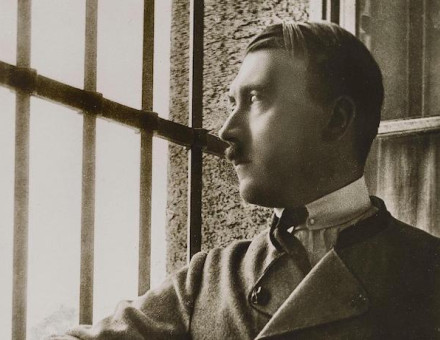The Enterprise of Ulster
In the mid 1570s, writes R.C. Morton, the plantation and settlement of Ulster were undertaken by the Elizabethan Government.
Ireland presented a complex problem to the rulers of Tudor England. In 1494 English power was largely restricted to the Pale, an area containing the historic capital, Dublin, and stretching as far as the medieval town of Drogheda. Beyond lay the lands of the over-mighty Fitzgeralds and Butlers, and the territories of the ‘mere Irish’ chiefs.
Poynings’ Law permitted the Parliament of England to override that of Ireland, and curbed the ‘Home Rule’ tendencies of the great lords who dominated the latter. This law, ignored at the time, was one of the foundations of the piecemeal Tudor reconquest of Ireland.
The policy of ‘Surrender and Re-grant’ under Henry VIII, by which Irish chiefs exchanged their clan names for English titles and adopted succession by primogeniture, and the policy of land confiscation introduced by Mary in the midland counties of Leix and Offaly, undermined the quasi-independence of the south and west of Ireland. Only in Ulster was the government of Elizabeth faced with a special problem.





